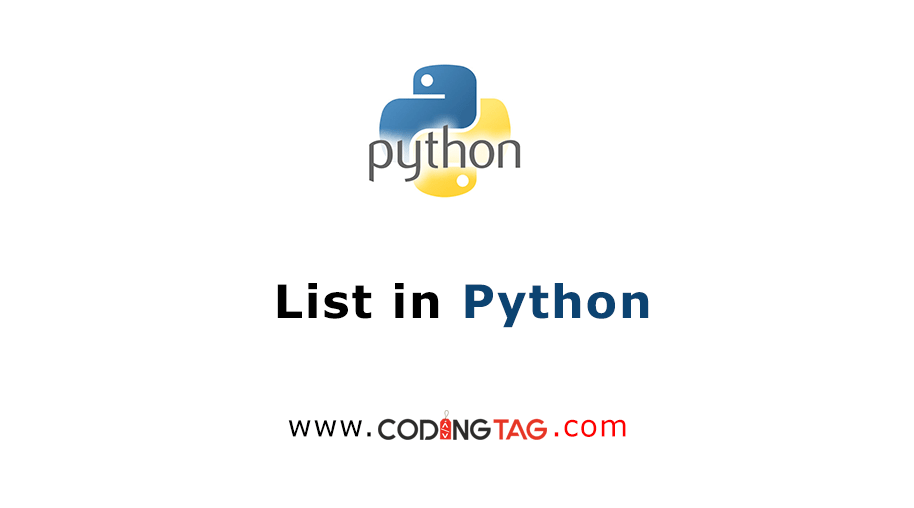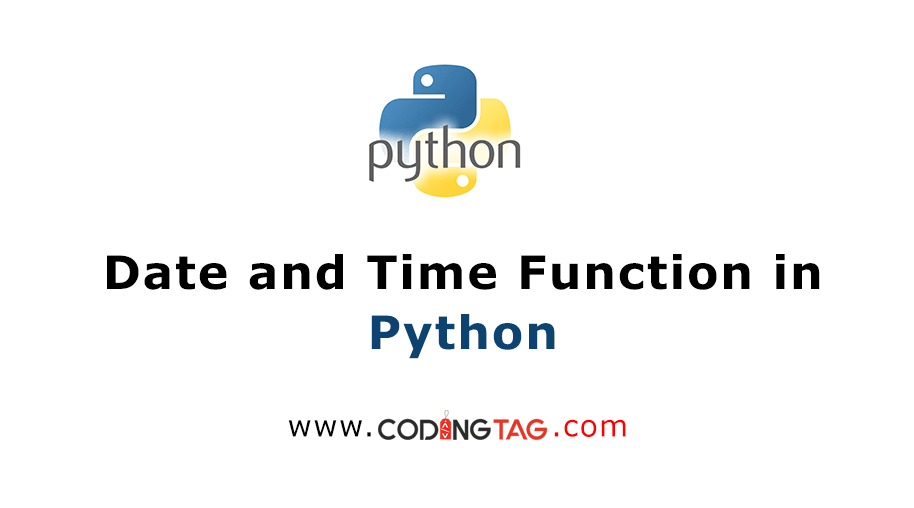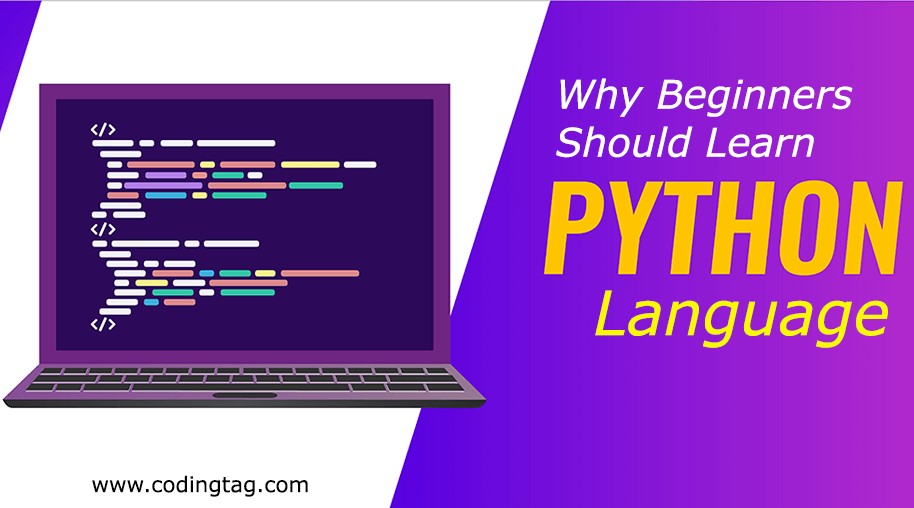List Comprehension in Python
0 120
Python's list comprehension provides a concise way to create lists. It allows for the generation of new lists by applying an expression to each item in an existing iterable, optionally filtering elements based on a condition.
Basic Syntax
The general syntax of a list comprehension is:
[expression for item in iterable if condition]- expression: The value to store in the new list.
- item: The current element from the iterable.
- iterable: A sequence (e.g., list, tuple, range).
- condition (optional): A filter that determines whether the item is included.
List Comprehension vs. Traditional for Loop
Consider doubling each number in a list:
Using a for loop:
numbers = [1, 2, 3, 4, 5]
doubled = []
for n in numbers:
doubled.append(n * 2)
print(doubled) # Output: [2, 4, 6, 8, 10]Using list comprehension:
numbers = [1, 2, 3, 4, 5]
doubled = [n * 2 for n in numbers]
print(doubled) # Output: [2, 4, 6, 8, 10]List comprehension achieves the same result with more concise and readable code.
Incorporating Conditions
You can include conditions to filter elements. For example, to extract even numbers:
numbers = [1, 2, 3, 4, 5]
evens = [n for n in numbers if n % 2 == 0]
print(evens) # Output: [2, 4]Using if-else in List Comprehension
List comprehensions can also include an if-else statement:
numbers = [1, 2, 3, 4, 5]
labels = ['Even' if n % 2 == 0 else 'Odd' for n in numbers]
print(labels) # Output: ['Odd', 'Even', 'Odd', 'Even', 'Odd']Nested Loops in List Comprehension
List comprehensions can include nested loops. For example, creating coordinate pairs:
coords = [(x, y) for x in range(3) for y in range(3)]
print(coords) # Output: [(0, 0), (0, 1), (0, 2), (1, 0), ..., (2, 2)]Flattening a List of Lists
To flatten a nested list:
matrix = [[1, 2], [3, 4], [5, 6]]
flat = [num for row in matrix for num in row]
print(flat) # Output: [1, 2, 3, 4, 5, 6]Conclusion
List comprehensions in Python offer a powerful and concise way to create and manipulate lists. By integrating loops and conditional logic into a single line, they enhance code readability and efficiency.
If you’re passionate about building a successful blogging website, check out this helpful guide at Coding Tag – How to Start a Successful Blog. It offers practical steps and expert tips to kickstart your blogging journey!
For dedicated UPSC exam preparation, we highly recommend visiting www.iasmania.com. It offers well-structured resources, current affairs, and subject-wise notes tailored specifically for aspirants. Start your journey today!

Share:






Comments
Waiting for your comments